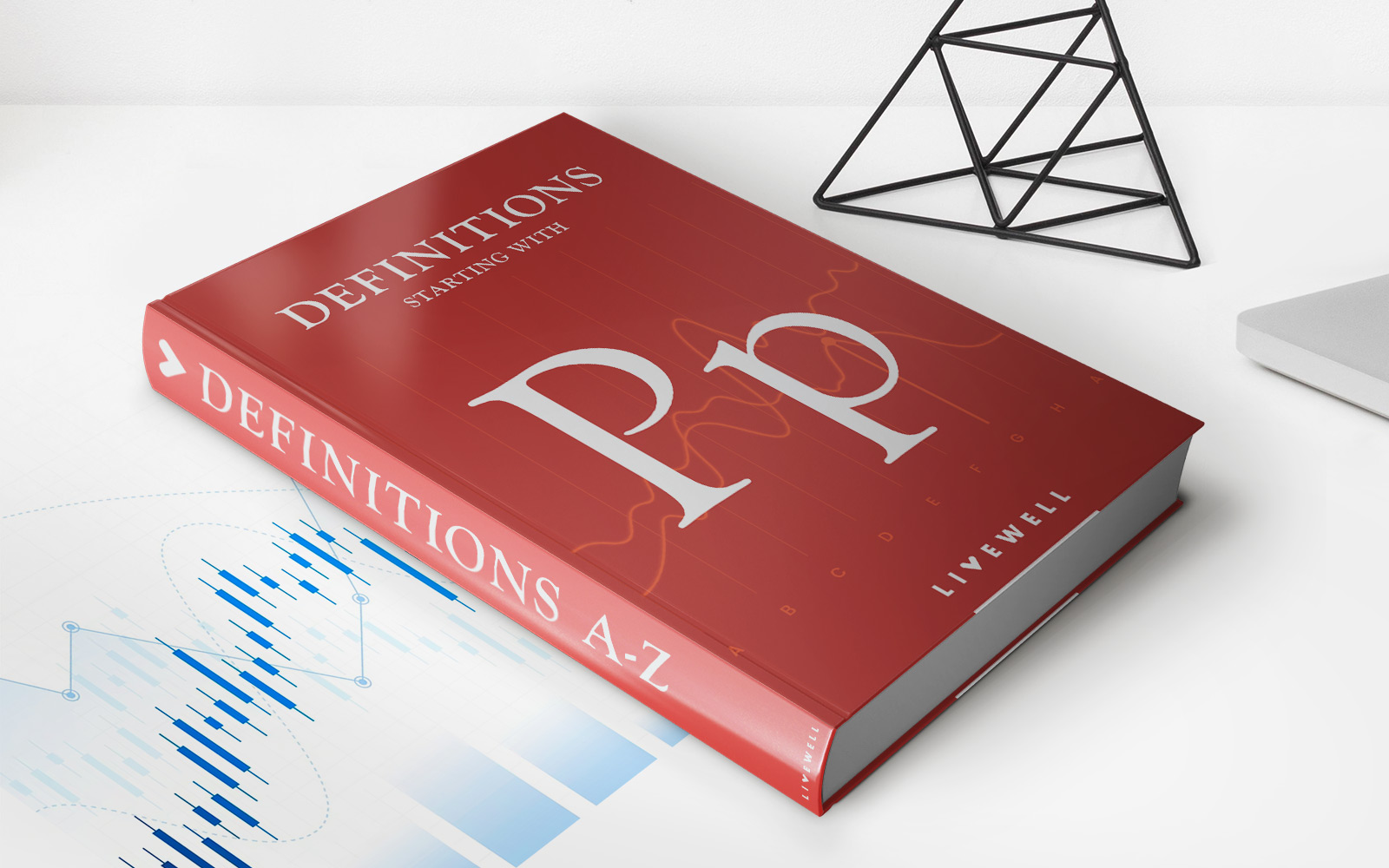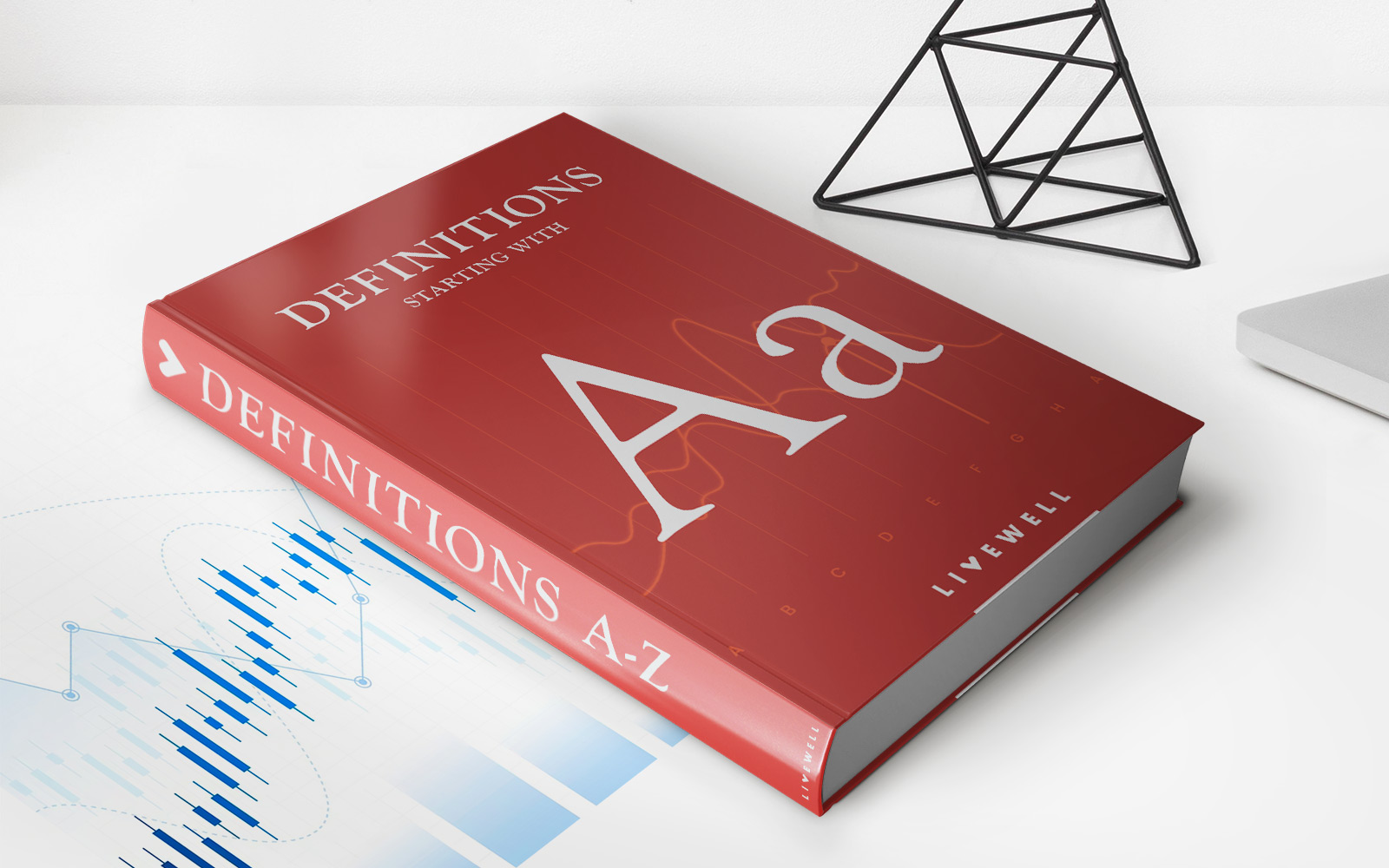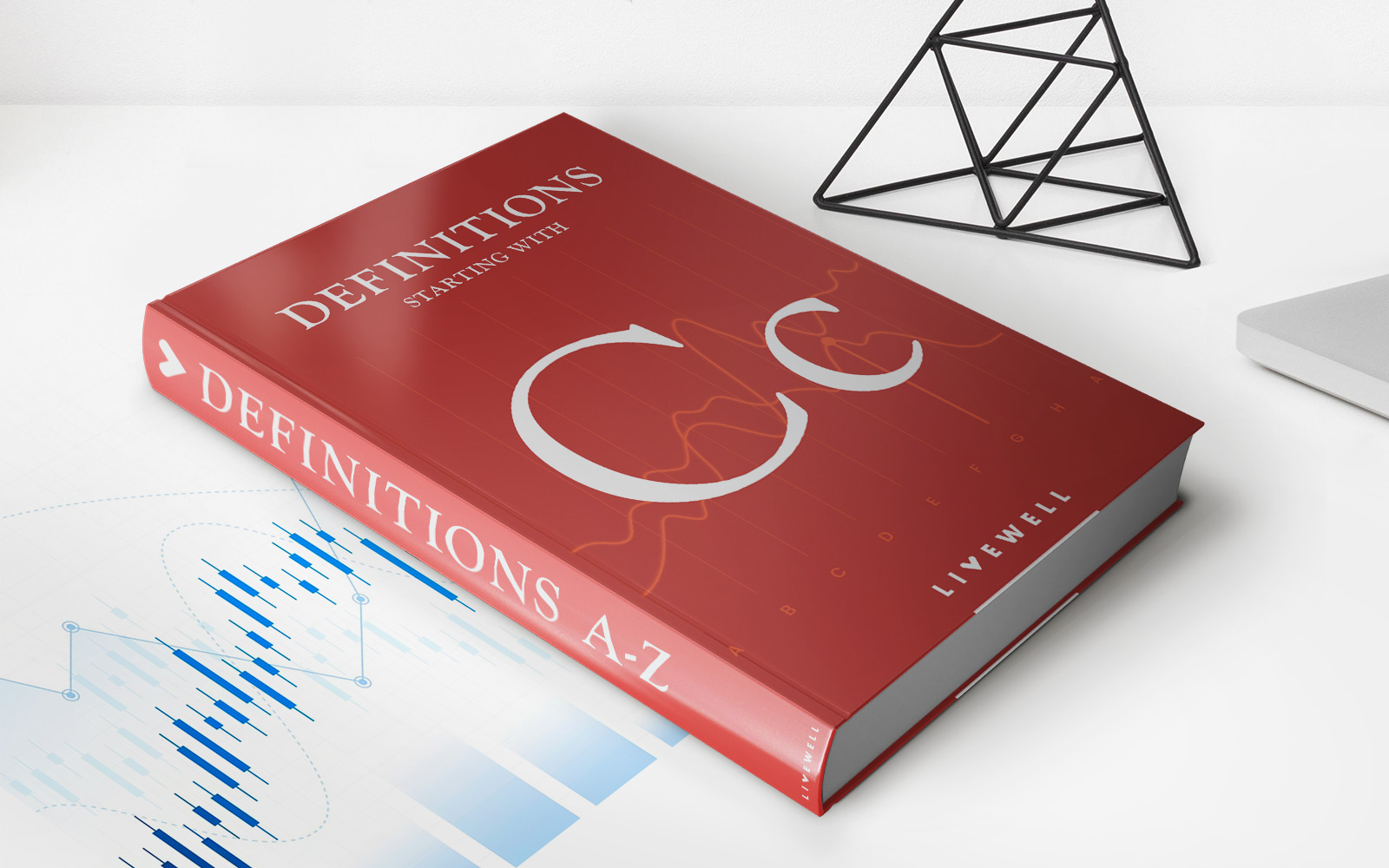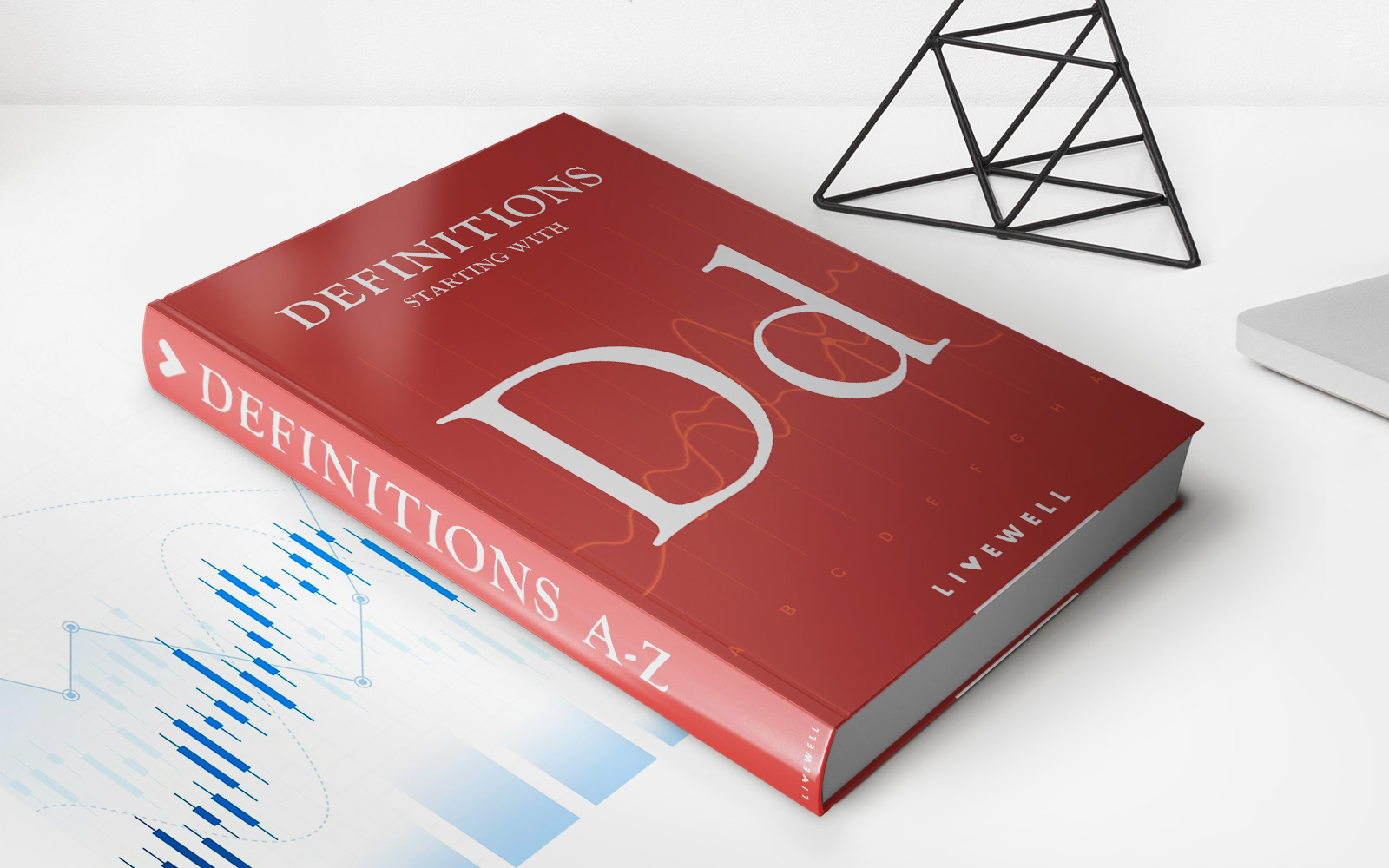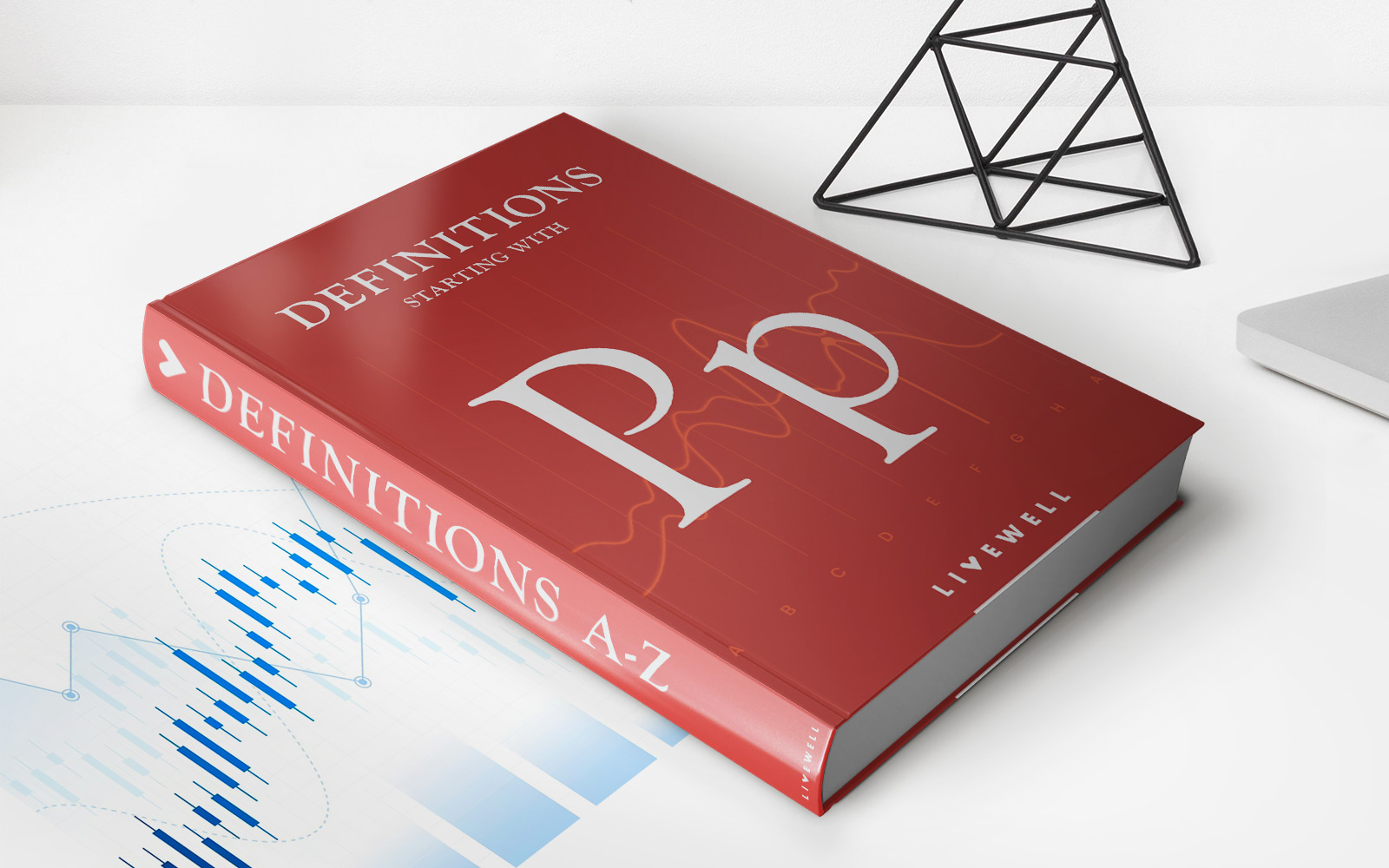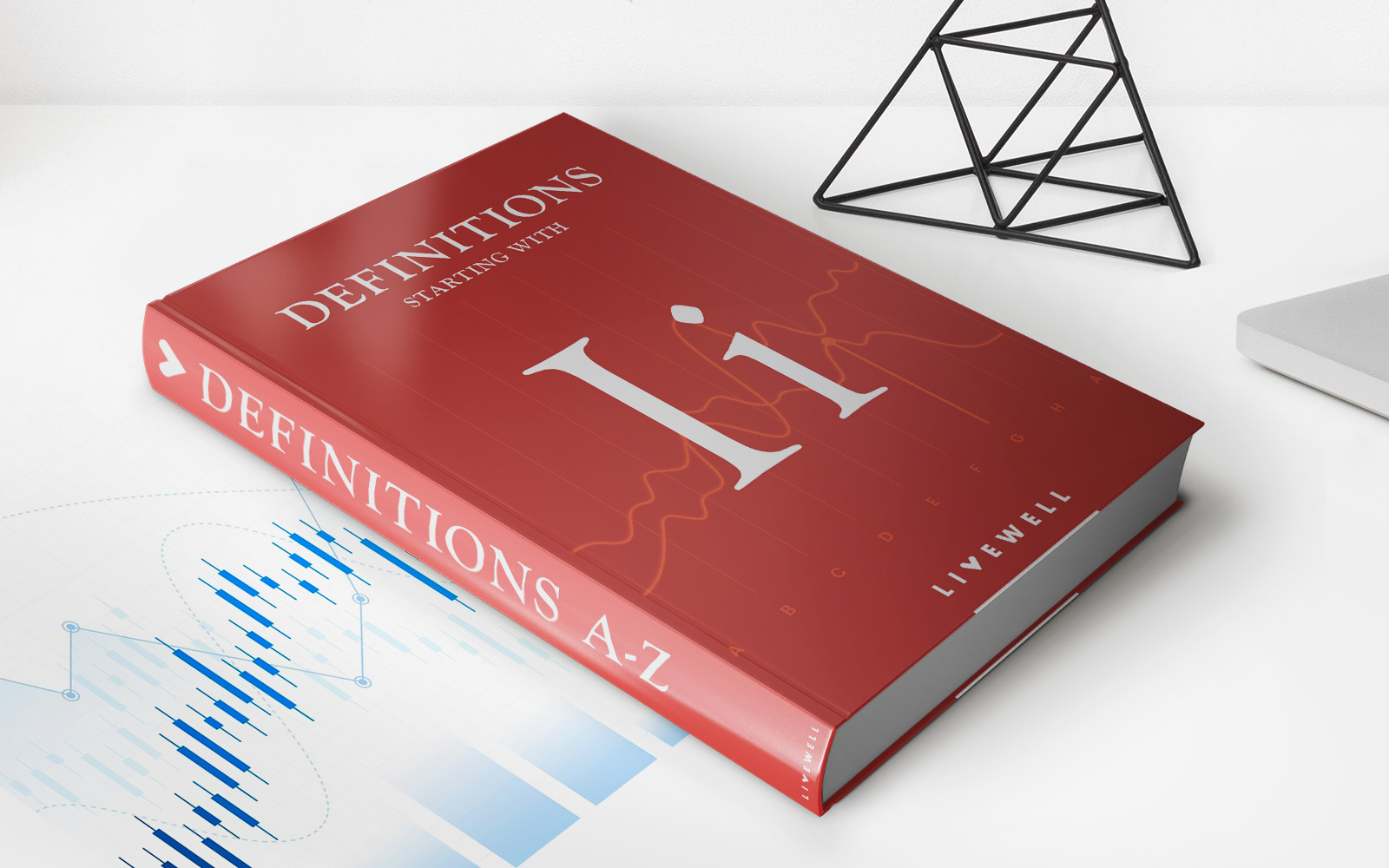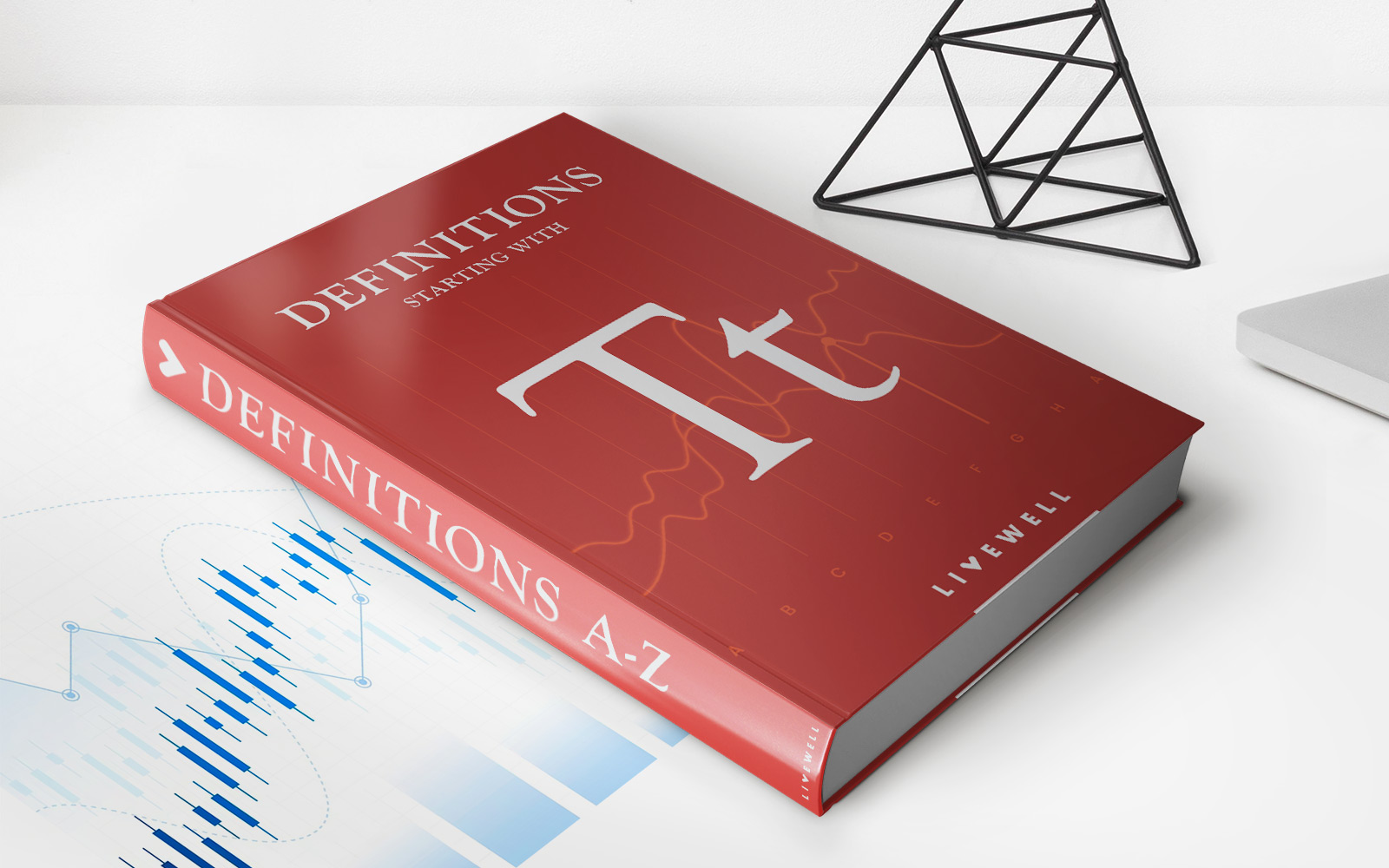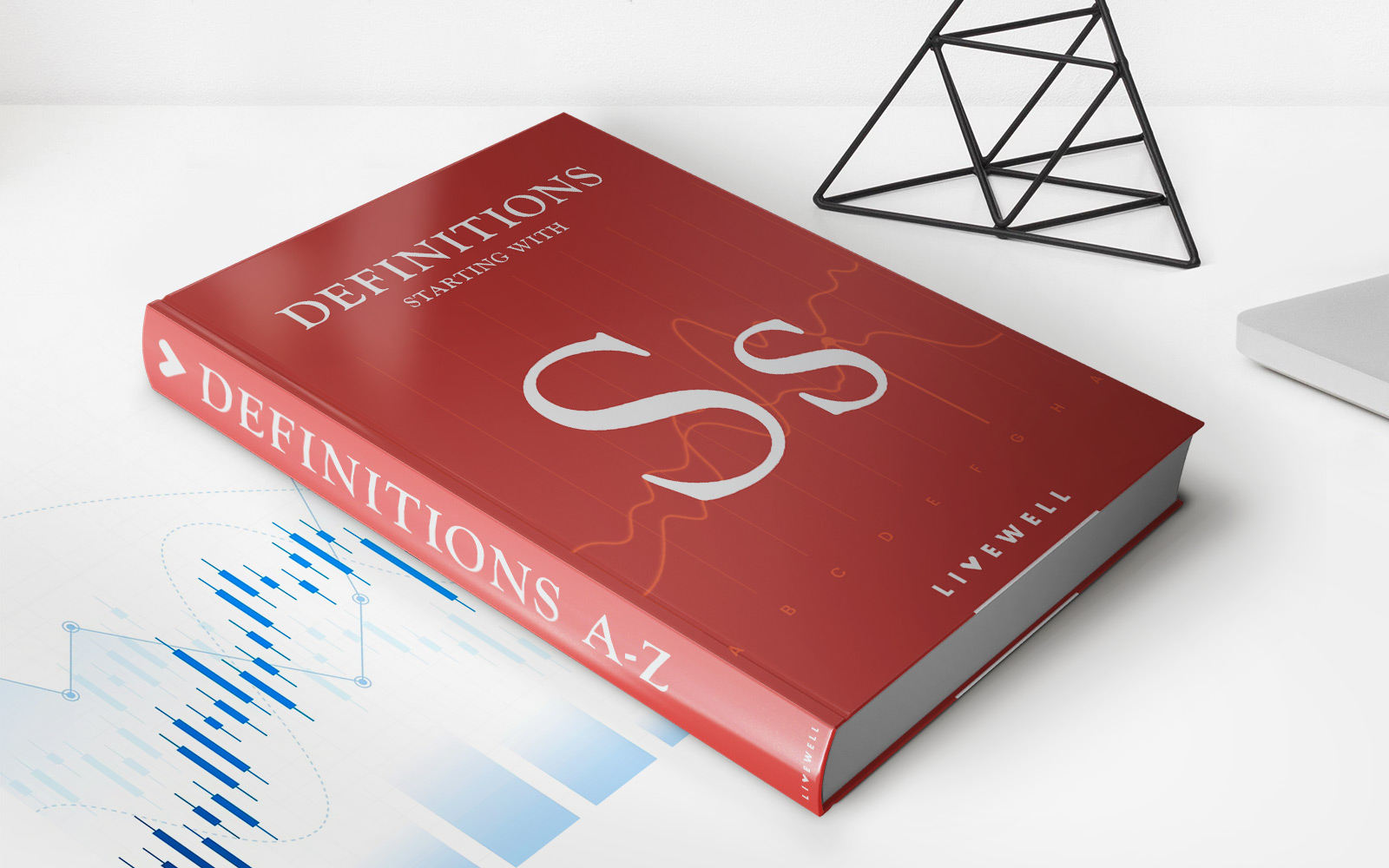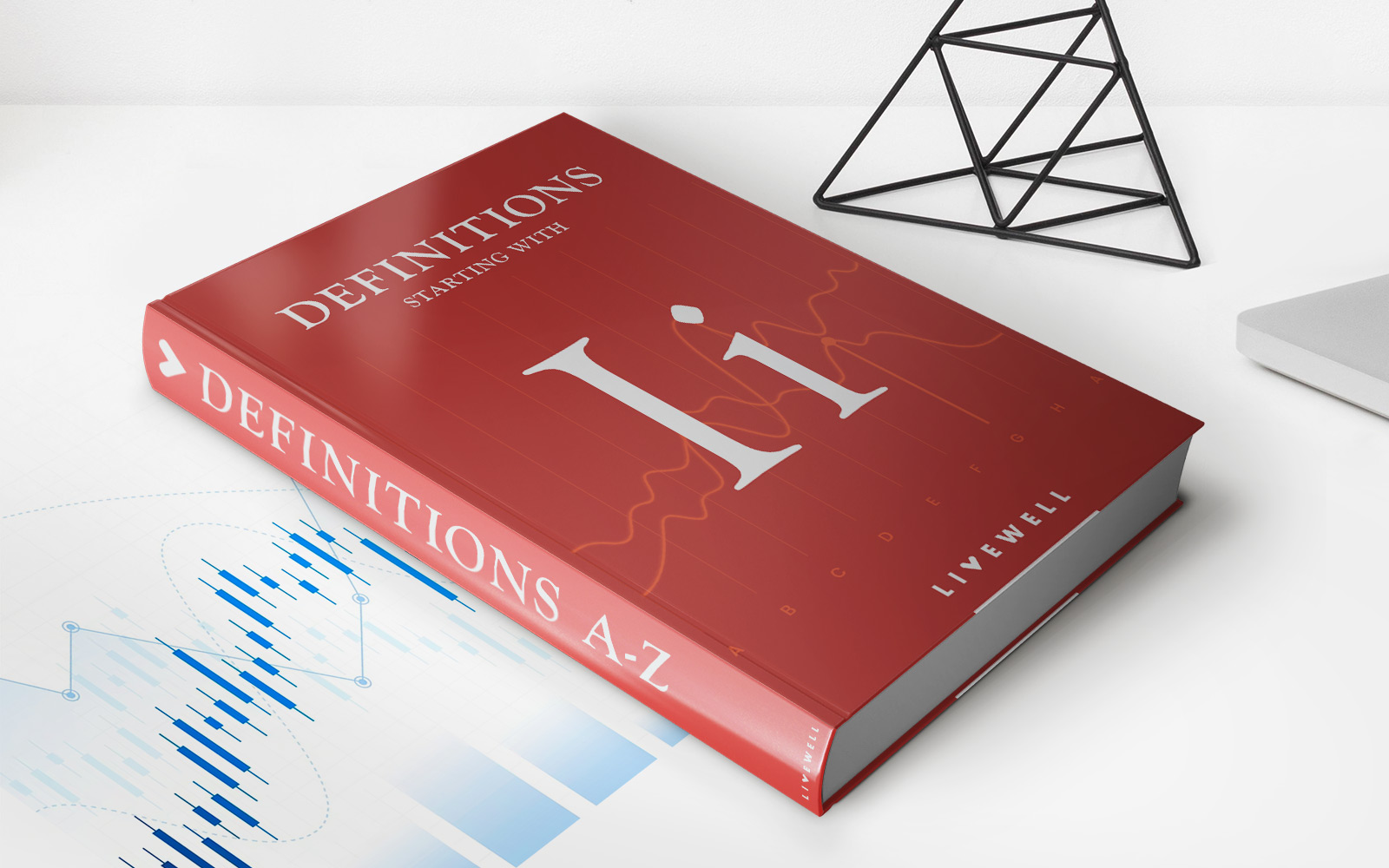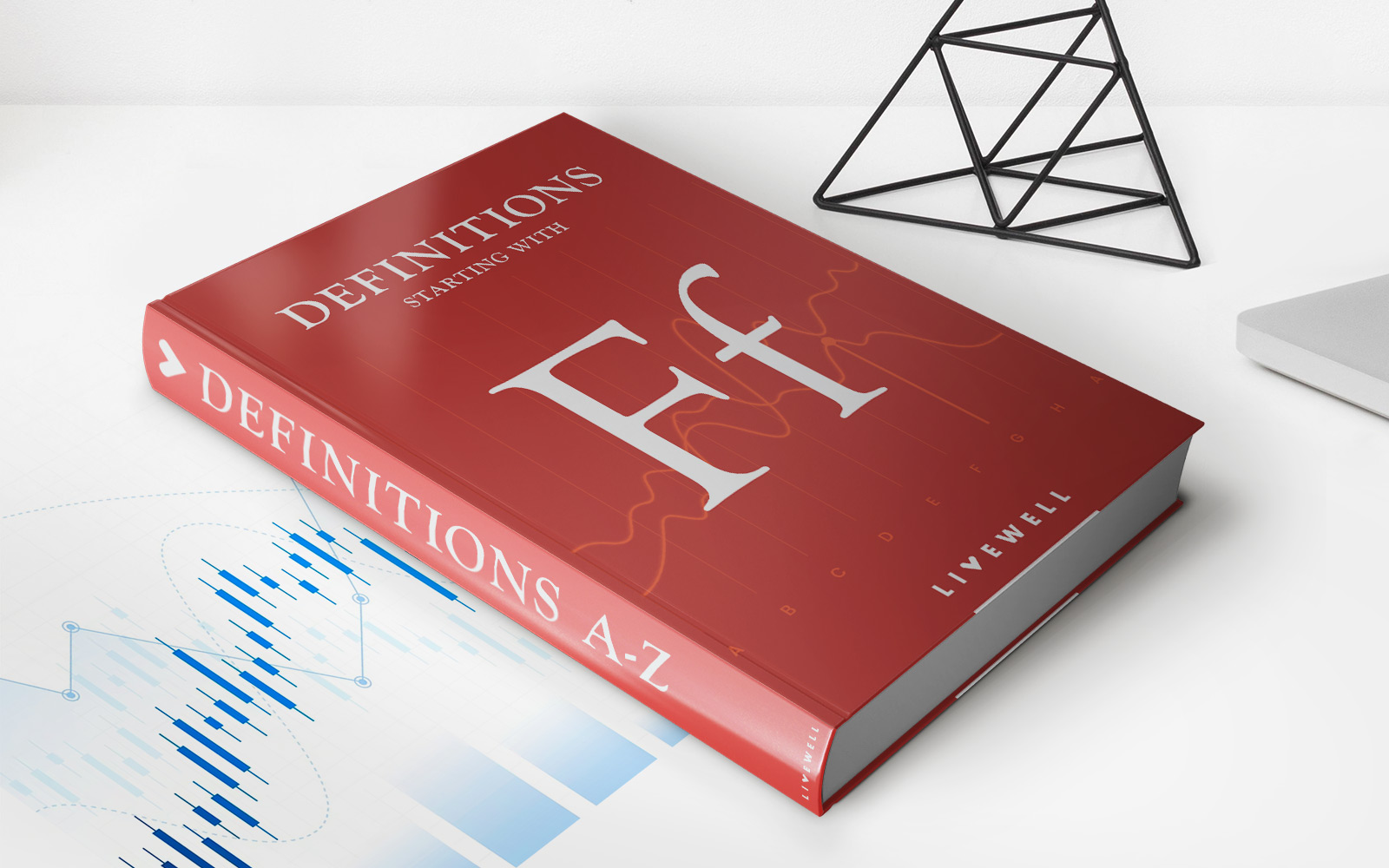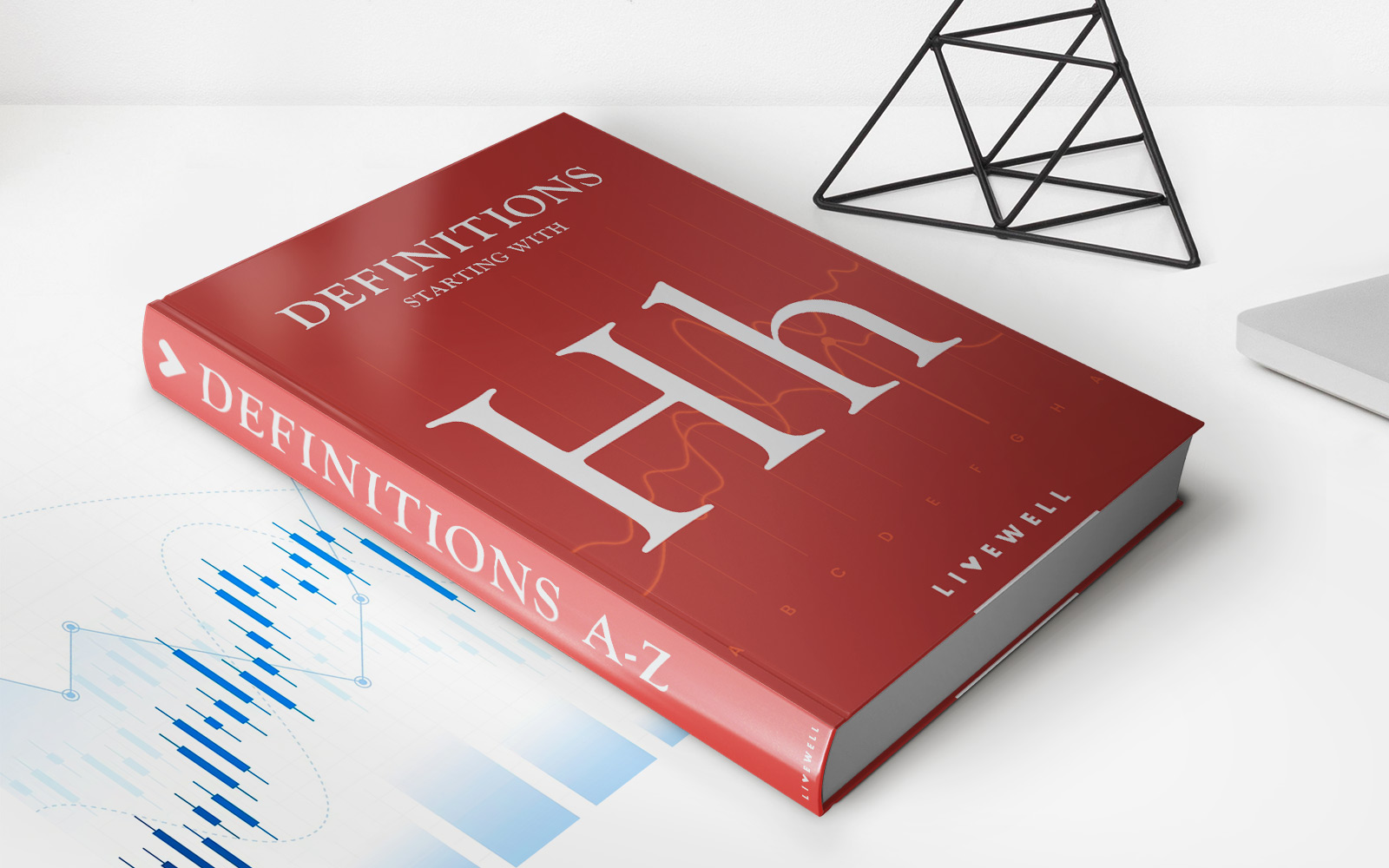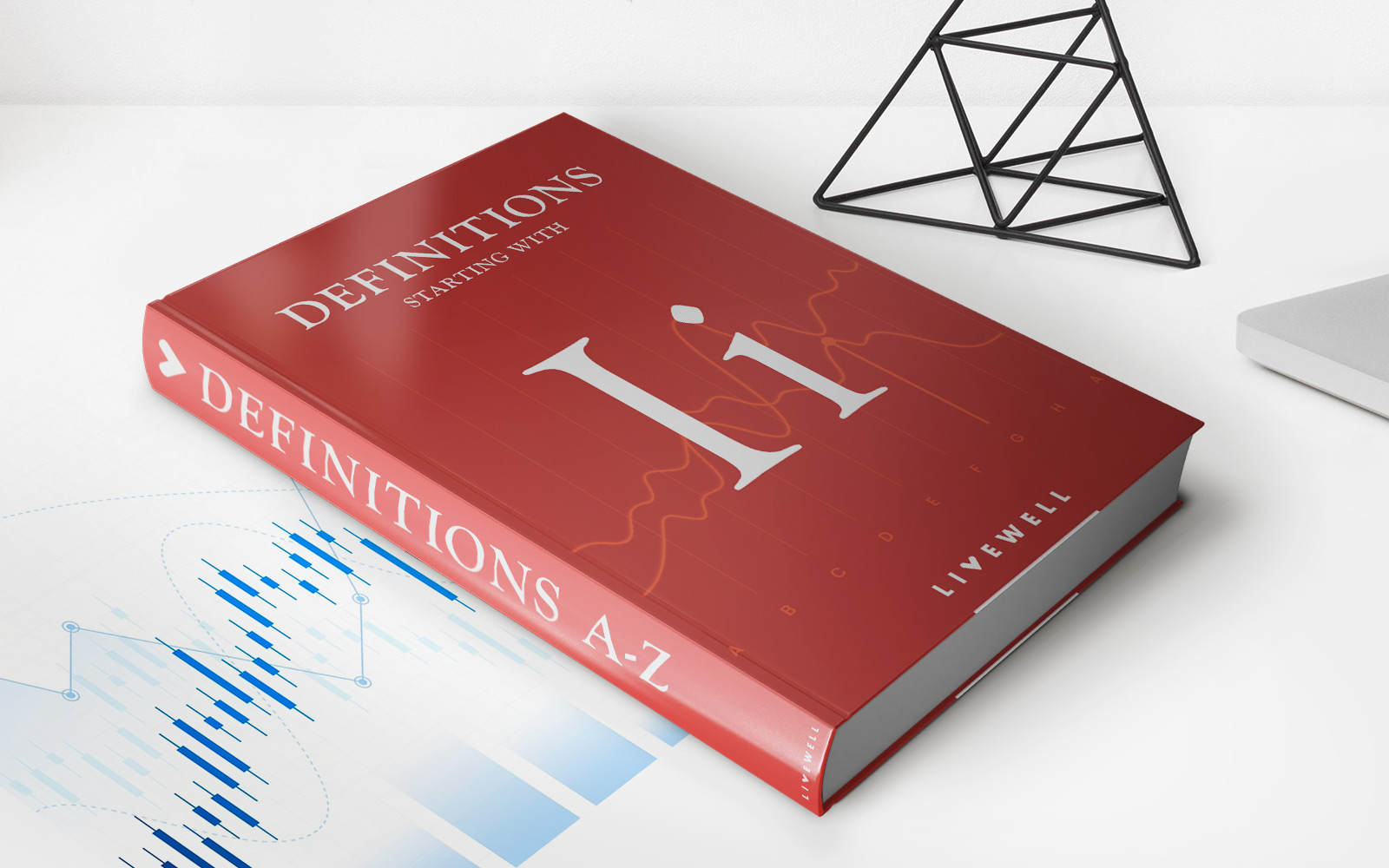

Finance
Indenture: Definition And Types In Finance
Published: December 8, 2023
Learn about the definition and types of indenture in finance. Explore how indentures are used in the field of finance. Enhance your knowledge of finance.
(Many of the links in this article redirect to a specific reviewed product. Your purchase of these products through affiliate links helps to generate commission for LiveWell, at no extra cost. Learn more)
Indenture: Definition and Types in Finance
When it comes to the world of finance, there are various terms and concepts that might leave you scratching your head. One such term is “indenture.” But fear not, we’re here to break it down for you! In this blog post, we will explore the definition of indenture and its different types in the context of finance. So, let’s dive in and unravel this financial jargon!
Key Takeaways:
- An indenture is a legal and binding agreement between two or more parties, typically used in finance to outline terms and conditions of debt instruments.
- There are different types of indentures, including bond indentures, debenture indentures, and mortgage indentures, each serving a specific purpose.
What is an Indenture?
So, what exactly is an indenture? In finance, an indenture refers to a legal contract between a borrower and a lender that outlines the terms and conditions of a debt instrument, such as bonds. The indenture acts as a binding agreement, protecting the rights and interests of both parties involved.
An indenture typically contains important information related to the debt, including the principal amount, interest rate, maturity date, payment schedule, and any other relevant terms. It serves as a crucial document that ensures transparency and clarity regarding the loan or debt concerned.
Types of Indentures
Now that we understand the definition of an indenture, let’s explore its different types:
- Bond Indentures: Bond indentures are perhaps the most common type of indentures. These are agreements between a bond issuer and bondholders that outline the terms of the bond, such as interest payments, repayment schedule, and any additional provisions.
- Debenture Indentures: Debenture indentures are similar to bond indentures but are typically used for unsecured debt instruments. Unlike bonds, which are backed by specific assets, debentures are backed by the issuer’s creditworthiness. Debenture indentures outline the terms and conditions of these debt instruments.
- Mortgage Indentures: Mortgage indentures are specific to real estate financing. These agreements lay out the terms and conditions of a mortgage loan, including the property used as collateral, repayment terms, interest rates, and foreclosure procedures. Mortgage indentures provide clarity and legal protection for both lenders and borrowers in real estate transactions.
Conclusion
Indentures are crucial legal agreements in the world of finance. They provide clarity, transparency, and legal protection for both borrowers and lenders. By understanding the different types of indentures, such as bond indentures, debenture indentures, and mortgage indentures, individuals can make informed financial decisions and navigate the complex world of debt instruments.
So, the next time you come across the term “indenture” in the context of finance, you’ll be well-equipped to understand its meaning and significance!
